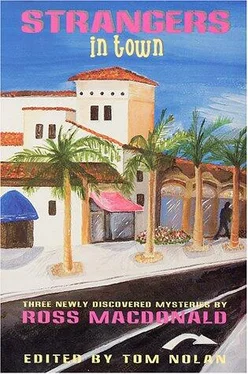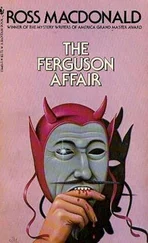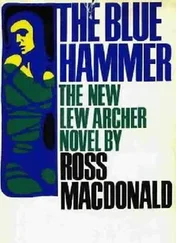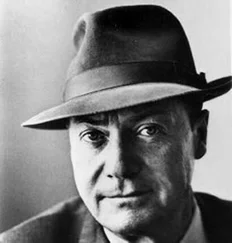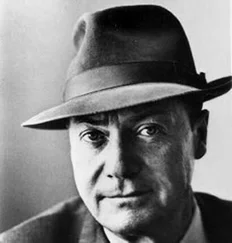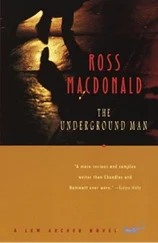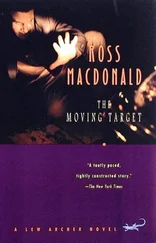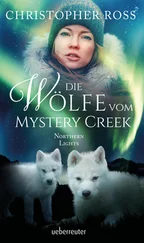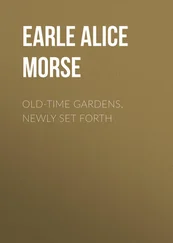Ross MacDonald
Strangers in Town
For Eleanor Van Cott, Harris Seed, and Norman Colavincenzo
— Tom Nolan
All quotations from unpublished letters and other unpublished materials by Kenneth Millar and from unpublished letters by Margaret Millar are used with the extremely kind permission of the trustee of the Margaret Millar Charitable Remainder Unitrust, owner of the books, copyrights, and materials related to the collected works of Kenneth Millar (Ross Macdonald) and Margaret Millar.
Permissions to quote materials from cited archives, collections, and libraries have been granted by the University of Michigan, the University of California, Irvine, Indiana University, Columbia University, and Princeton University.
… the reading of detective stories is simply a kind of vice that, for silliness and minor harmfulness, ranks somewhere between smoking and crossword puzzles… With so many fine books to be read, so much to be studied and known, there is no need to bore ourselves with this rubbish.
— Edmund Wilson, "Who Cares Who Killed Roger Ackroyd?" The New Yorker , January 20, 1945
I will now confess, in my turn, that, since my first looking into this subject last fall, I have myself become addicted, in spells, to reading myself to sleep with Sherlock Holmes… I propose, however, to justify my pleasure… My contention is that Sherlock Holmes is literature… by virtue of imagination and style.
— Edmund Wilson, " 'Mr. Holmes, They Were the Footprints of a Gigantic Hound,' " The New Yorker , February 17, 1945
Literary critics like Edmund Wilson might feel the need in 1945 to justify an interest in detective fiction, but Ensign Kenneth Millar — an English-criticism doctoral candidate who'd left the University of Michigan to serve as a U.S. Naval officer in World War Two — had no such cultural qualms.
Millar had been enjoying crime tales since childhood — along with shelvesful of classic and contemporary literature, nonfiction, poetry, psychology and philosophy. A brilliant intellect and an aesthetic democrat, Ken Millar savored (and saw the links that connected) the best of all creative efforts, from Kierkegaard to the Keystone Kops.
While still at Michigan, Millar (an A plus graduate student) put aside his doctoral dissertation on the psychological criticism of Samuel Taylor Coleridge to write in a month (and sell to Dodd, Mead) the domestic spy thriller The Dark Tunnel , a tale the Saturday Review's mystery critic judged one of the "books that poked their heads above the fog of a murky"{" 'books that poked their heads above the fog' ": Judge Lynch, "… let him die!" Saturday Review, January 6, 1945.} 1944 and "the best 'suspense' yarn of the year."
Ensign Millar (whose Tunnel came out as he began Naval duty) didn't plan to return to the university after the war. He intended to make his living as a freelance writer, a scheme much encouraged by his wife Margaret Millar, who by 1945 had herself (with her husband's extensive assistance) produced six well-received mystery novels.
In the three decades after The Dark Tunnel , Kenneth Millar (via a three-stage pseudonym) would become known internationally as Ross Macdonald, author of eighteen books featuring private investigator Lew Archer: works a New York Times reviewer would call "the finest series of detective novels ever written by an American."
Macdonald would also publish in those years nine Lew Archer short stories, mainly "novelettes" 10- to 15,000 words long, all tailored for specific periodicals. "Most of them were written in a hurry to keep the wolf from the door,"{" 'Most of them were written in a hurry' ": Millar to John D. Sutcliffe, February 14, 1975; typed copy, the Kenneth Millar Papers, Special Collections and Archives UC Davis Libraries.} the author later said of these Archer shorts, "and not one of them belongs with my mature work."
Nonetheless, genre critics rank Macdonald's short stories among the best modern hard-boiled tales. While the author was right in thinking they weren't on the same level of art as his novels, these shorts have a vivid immediacy that continues to speak strongly to readers. More than mere vehicles to earn quick cash, the short stories gave compelling alternate glimpses of Lew Archer at work in postwar California: that "endless city" stretching from the Mexican border nearly to Oregon.
And it was in the short-story form that Millar first found the private-eye voice through which he would tell nearly all of his novels.
This volume prints for the first time three previously unpublished Millar/Macdonald private-eye stories: Kenneth Millar's 1945 tale "Death by Water" (the second and final case of one Joe Rogers, private investigator), John Ross Macdonald's 1950 Lew Archer novelette "Strangers in Town," and Ross Macdonald's 1955 Archer story "The Angry Man."
All are arguably as good as Macdonald's published novelettes. Millar's reasons for not wanting these stories printed were professional, not aesthetic.
"Death by Water" employed a murder-method Millar felt too similar to that of another story he'd written. "Strangers in Town" was withdrawn when the author wanted to use its plot elements for a Lew Archer novel. "The Angry Man" was also held back to provide scaffolding for a book.
Today these stories read as crisply as when they were crafted, and they suggest their eras with an authenticity no newly-written pieces could.
The place Macdonald's stories evoke so effectively is California, a region inextricably linked to Ross Macdonald's fiction and to Kenneth Millar's identity.
Though brought up in Canada, Millar was born (in 1915) in Los Gatos, California, near San Francisco. Throughout his childhood, he was reminded he was by birth a U.S. citizen; and the mother who raised him (virtually on her own) spoke often of California as a golden land where Kenneth by rights belonged, and where she hoped he'd return.
It was no whim that had Ensign Millar request, after completing communications training at Boston and Princeton in 1944, to be assigned in early '45 to the 11th Naval District headquarters in San Diego, the city his parents had lived in a year before his birth. In traveling "back" to California, Millar prepared himself psychologically to come into his own, as an American citizen and as an artist.
"I felt as if a very long, long circle had been completed,"{" 'I felt as if a very long, long circle had been completed' ": Millar interview with Arthur Kaye, UCI.} Millar later said of his wartime journey to the West Coast."… I got a tremendous thrill coming in on the Santa Fe train over the great ridge that divides California from Arizona, and coming down across the green summery land that stretches out towards the Pacific. I can't say I felt as if I was coming home, but I felt as if I had perhaps arrived in a place where I wanted to live."
Accompanying the 29-year-old Millar on the Santa Fe Grand Canyon Limited were his wife Margaret and their five-year-old daughter Linda. Both grownup Millars felt an instant sense of déjà-vu in southern California, a place they "knew" from dozens of Hollywood movies. The three Millars stayed for a month (courtesy of the U.S. Navy) at the Cabrillo Hotel in La Jolla, a beautiful oceanfront town they fell in love with. La Jolla immediately became a key point of Ken Millar's imagination; it would be the fictional setting for several Macdonald books. The strongwilled Margaret Millar declared right away she would make Southern California their home; soon she'd start trekking the coast in search of a house to rent or buy.
Margaret and Kenneth Millar would both come into their own as writers in California, though Kenneth's greatest success would take years, while Margaret's was just around the corner. Their mutual immersion in California culture began in La Jolla, where they were befriended by Max Miller, author of the bestselling book I Cover the Waterfront . (Within a year, Max Miller would be near-neighbors in La Jolla with Raymond Chandler, a California novelist both Millars greatly admired.)
Читать дальше
